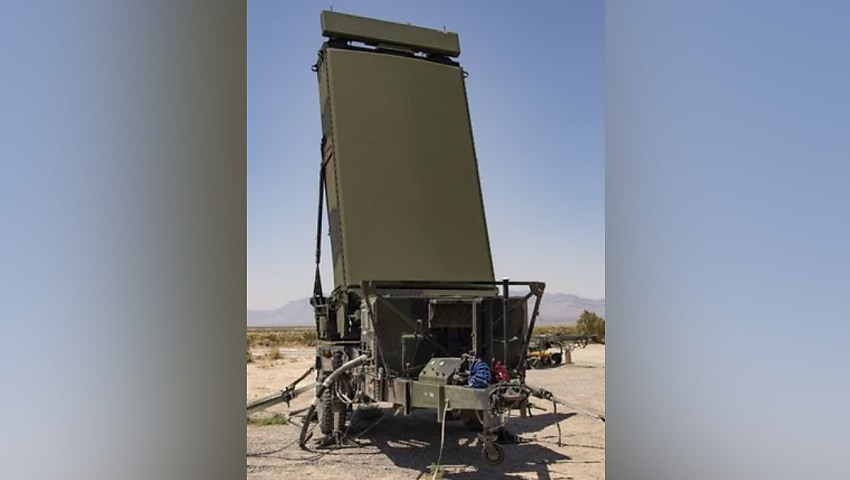A live-fire demonstration involving several cruise missile launches has tested the effectiveness of the prime’s next-generation missile defence radar system.
Northrop Grumman has put its AN/TPS-80 Ground/Air Task-Oriented Radar (G/ATOR) multifunction sensor to test during a live-fire exercise at White Sands Missile Range, New Mexico.
The capability reportedly detected and tracked multiple cruise missile threats simultaneously, tracking each target after launch.
The system also transmitted relevant information in real time to intercept numerous cruise missile targets from different angles.
“During this test event, the AN/TPS-80 demonstrated a combination of performance capabilities during a realistic representation of an adversary attack,” Michael Hahn, director, advanced land radar solutions, Northrop Grumman, said.
“G/ATOR is an expeditionary radar and is unrivalled in its ability to simultaneously provide weapons quality tracks on numerous, concurrent airborne targets while maintaining 360-degree surveillance coverage.
“The software-defined nature of the AN/TPS-80 was critical in rapidly developing and demonstrating this advanced capability in support of challenging threat scenarios to support the Marine Corps.”
The AN/TPS-80 is expected to enable troops to quickly deploy the mission capability in the field, moving assets to avoid vulnerability of enemy targeting.
According to Northrop Grumman, the G/ATOR consolidate multiple capabilities into a single sensor, decreasing the size, weight and power requirements.
The tests form part of the US Marine Corps’ mid-tier acquisition rapid prototyping program — the Ground-Based Air Defense Medium-Range Intercept Capability (GBAD MRIC).
GBAD MRIC is described as a developmental program established to protect high-value areas and assets from airborne threats.
Led by the USMC, the program integrates existing systems — G/ATOR and the Common Aviation Command and Control System — with components of the Israeli Iron Dome system including the Tamir interceptor.
The announcement of the demonstration comes just weeks after the Missile Defense Agency (MDA) awarded a contract worth up to US$3.2 billion (AU$4.5 billion) to Northrop Grumman for the Ground-based Midcourse Defense (GMD) Weapon System (GWS) program.
The GWS program aims to develop capability designed to strengthen the United States’ defences against intermediate and intercontinental ballistic missile attacks.
Northrop Grumman’s role will be to provide design, development, verification, deployment and sustainment support of new capabilities under the GWS program.
GWS is expected to leverage a DevSecOps approach, drawing from proven digital transformation processes to update and modernise legacy code, warfighter capabilities, and incorporate the next generation interceptor fleet into the overall GMD system.








